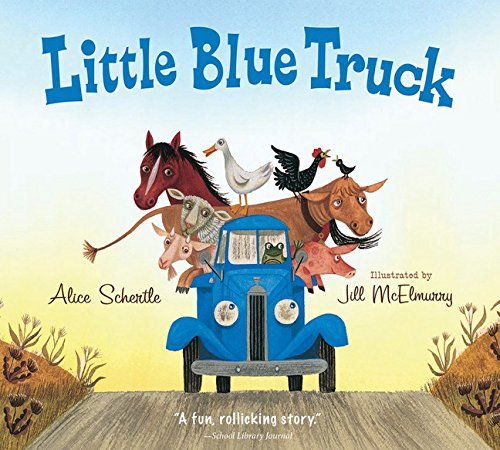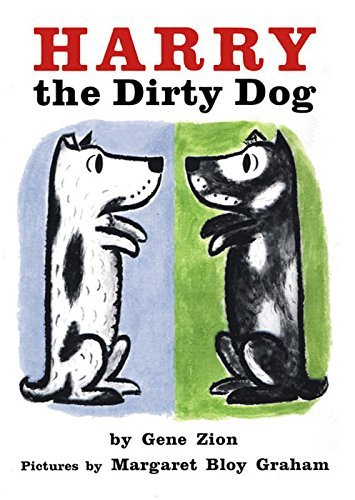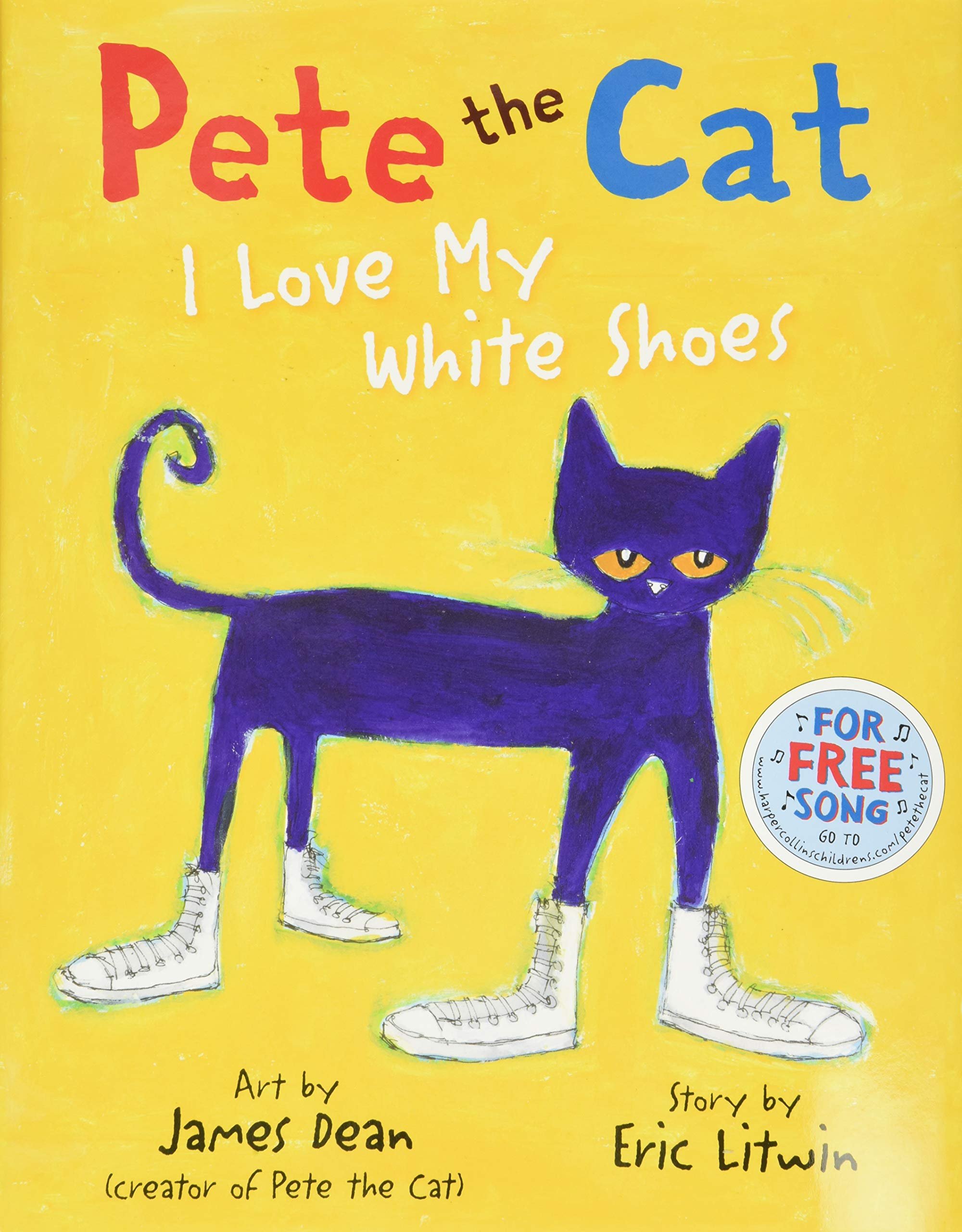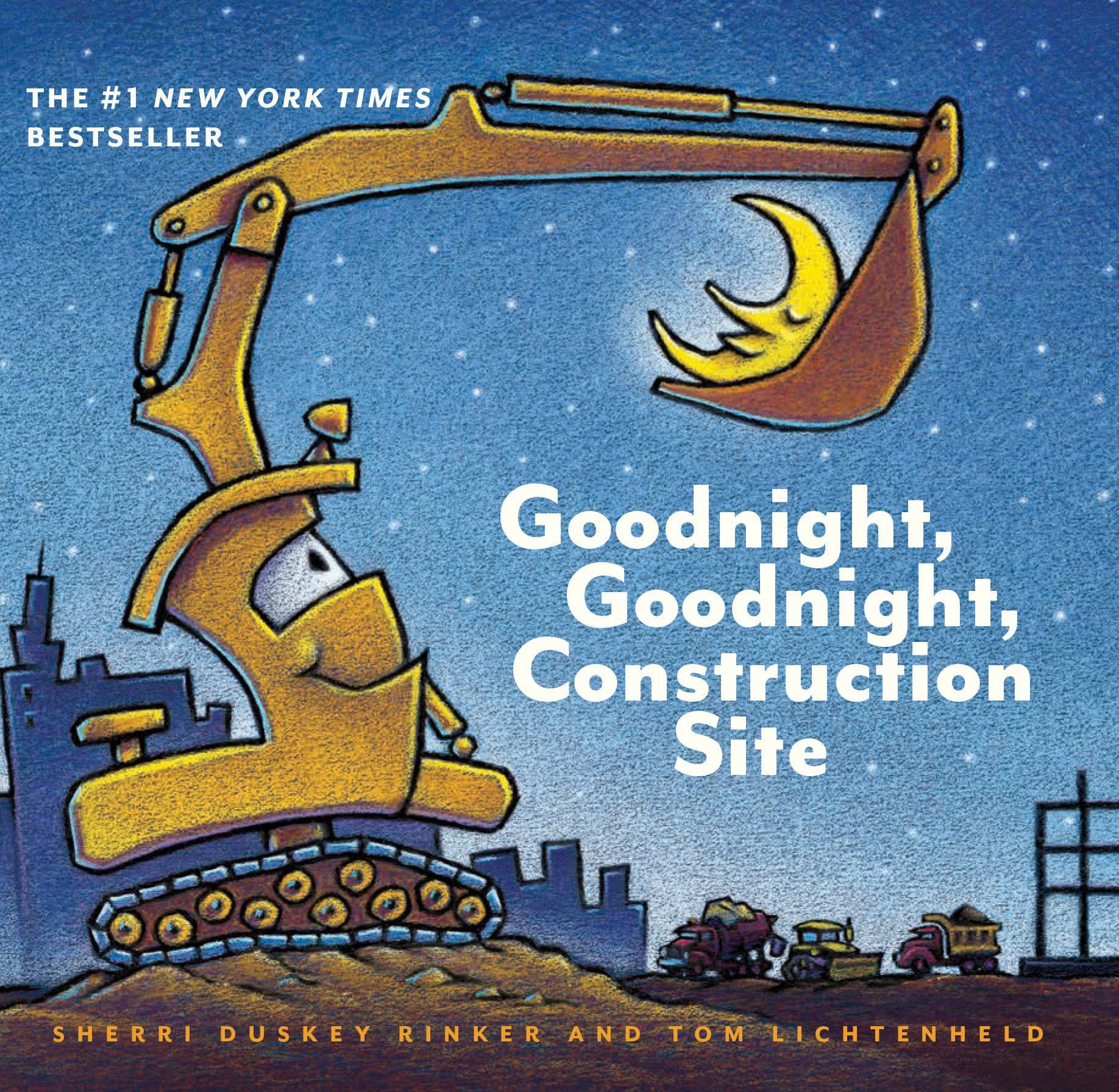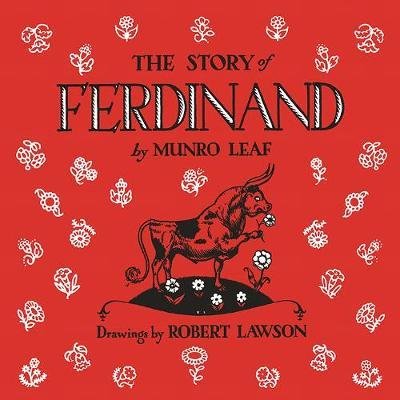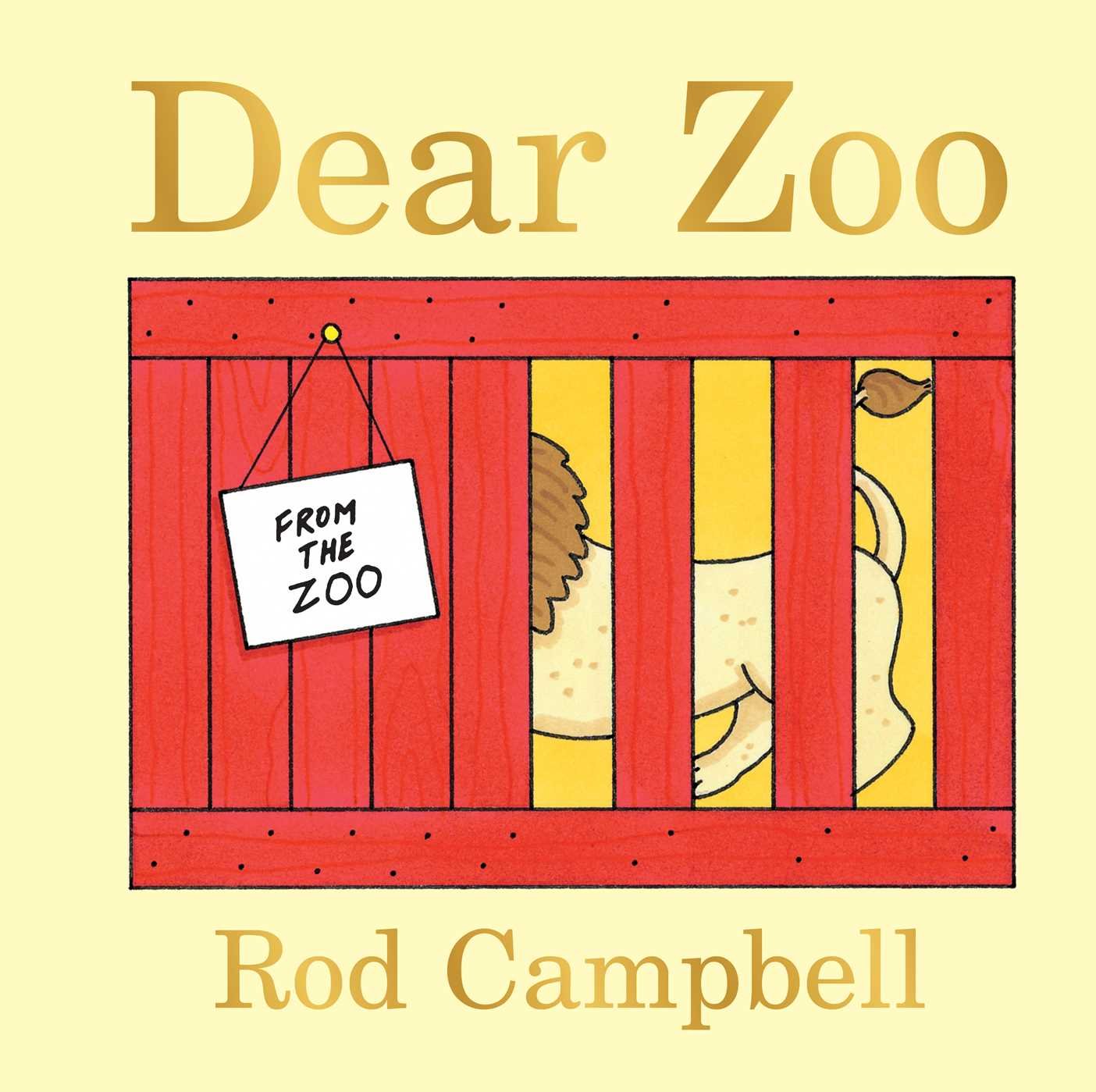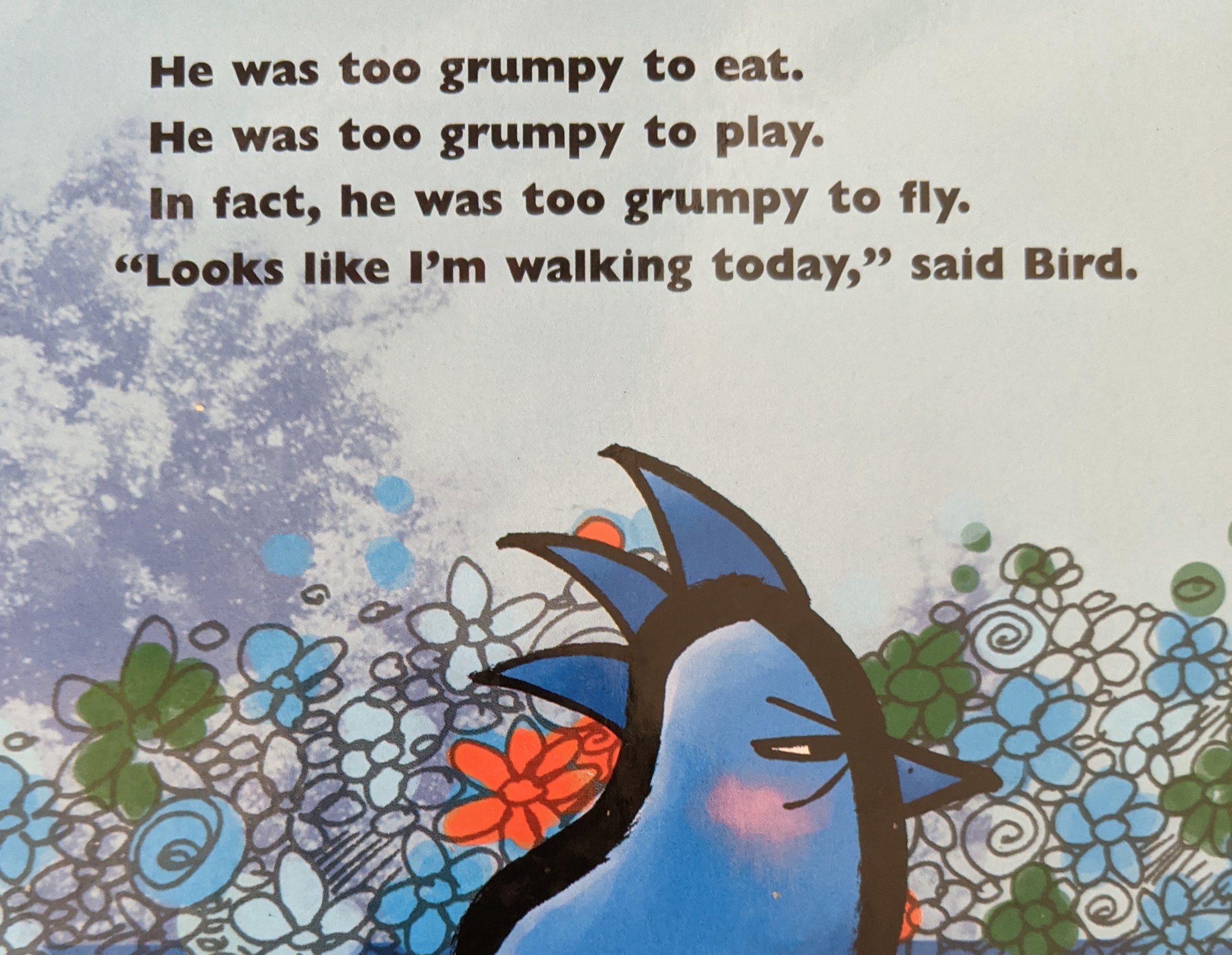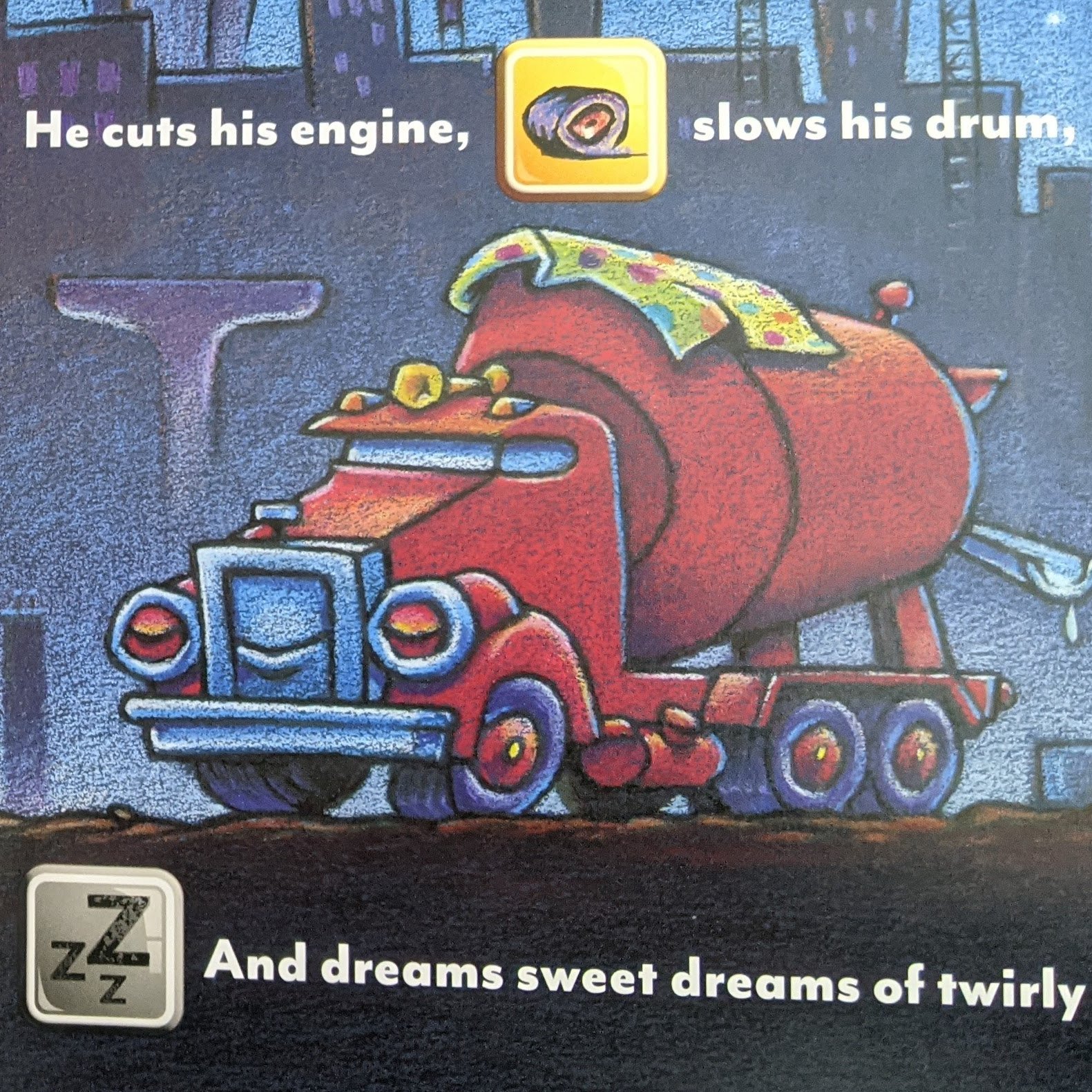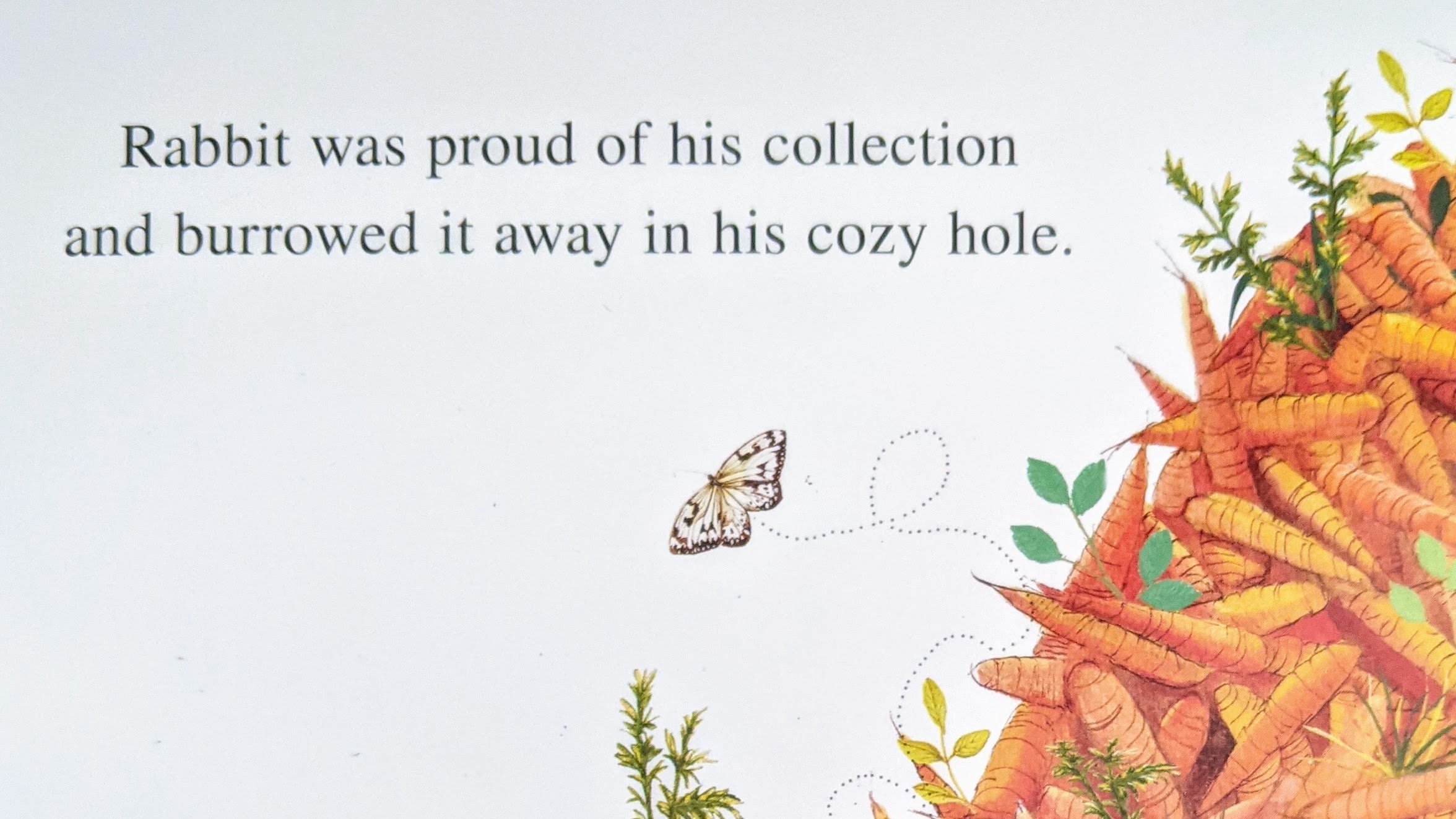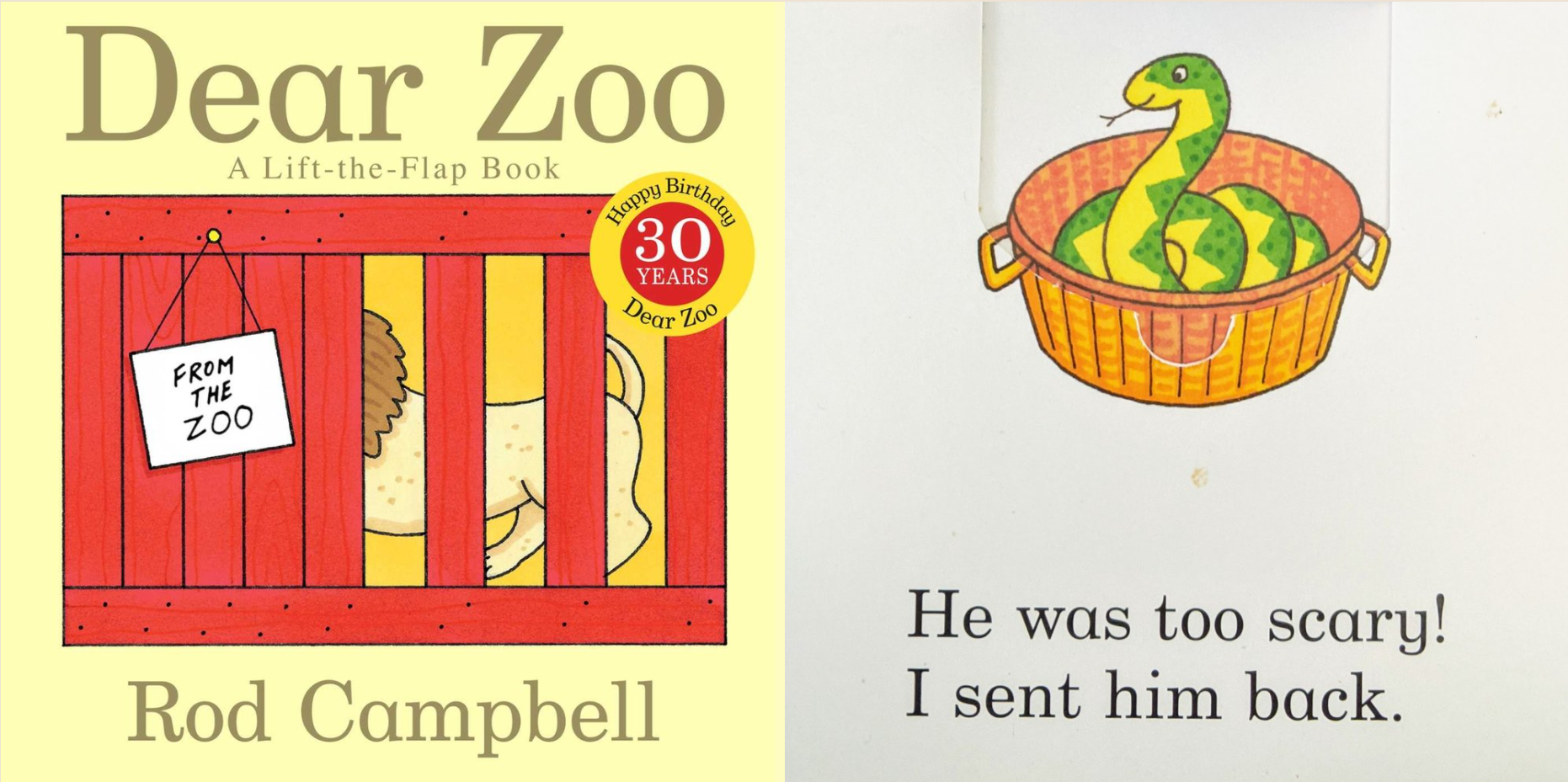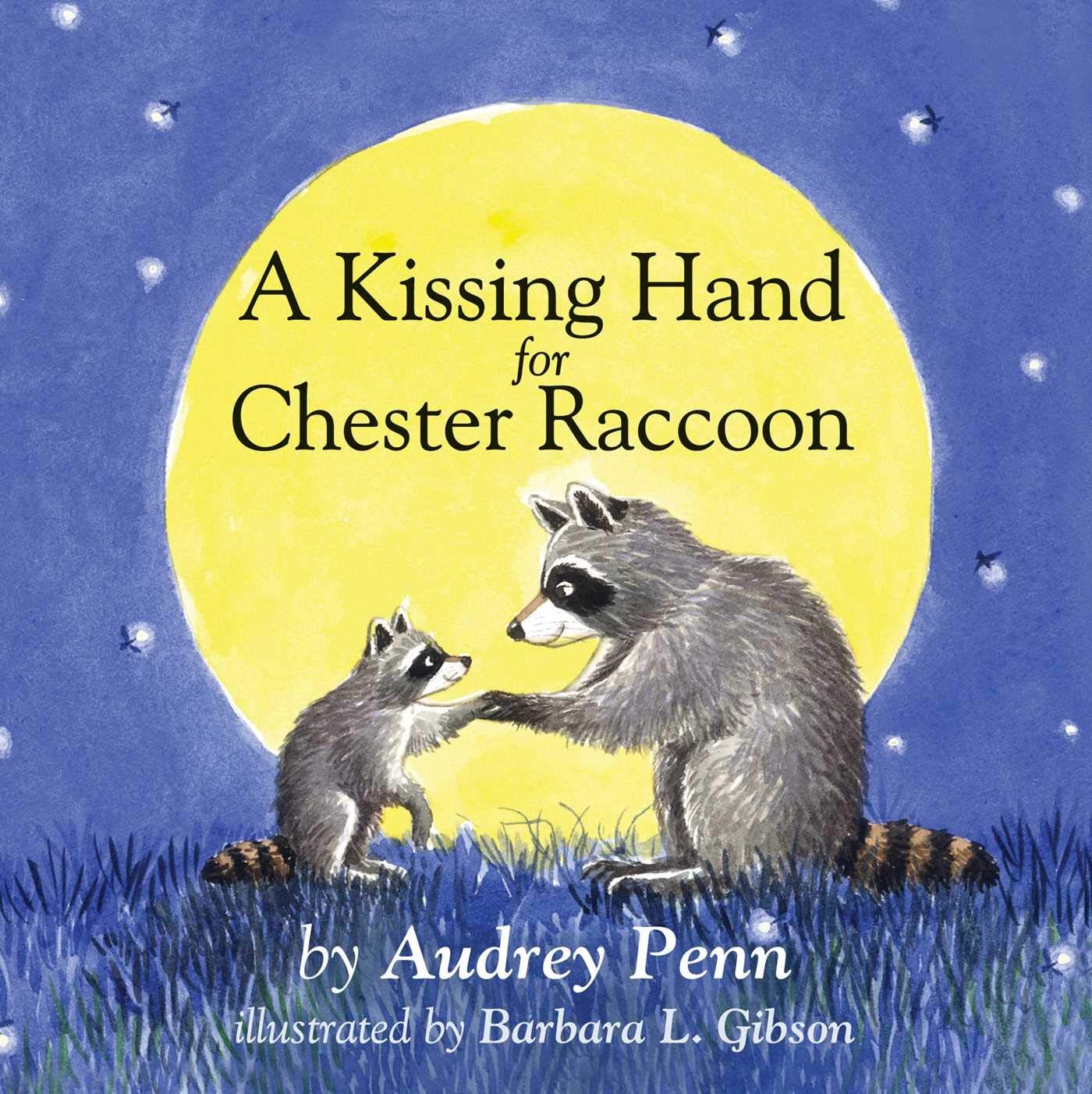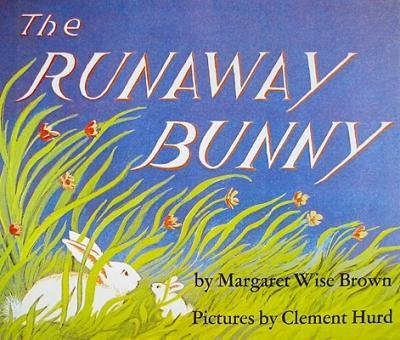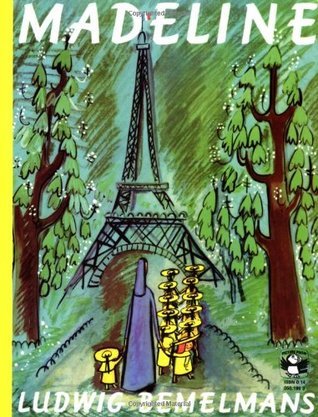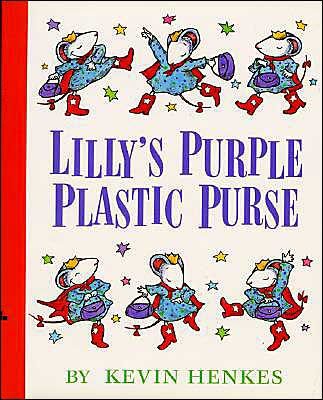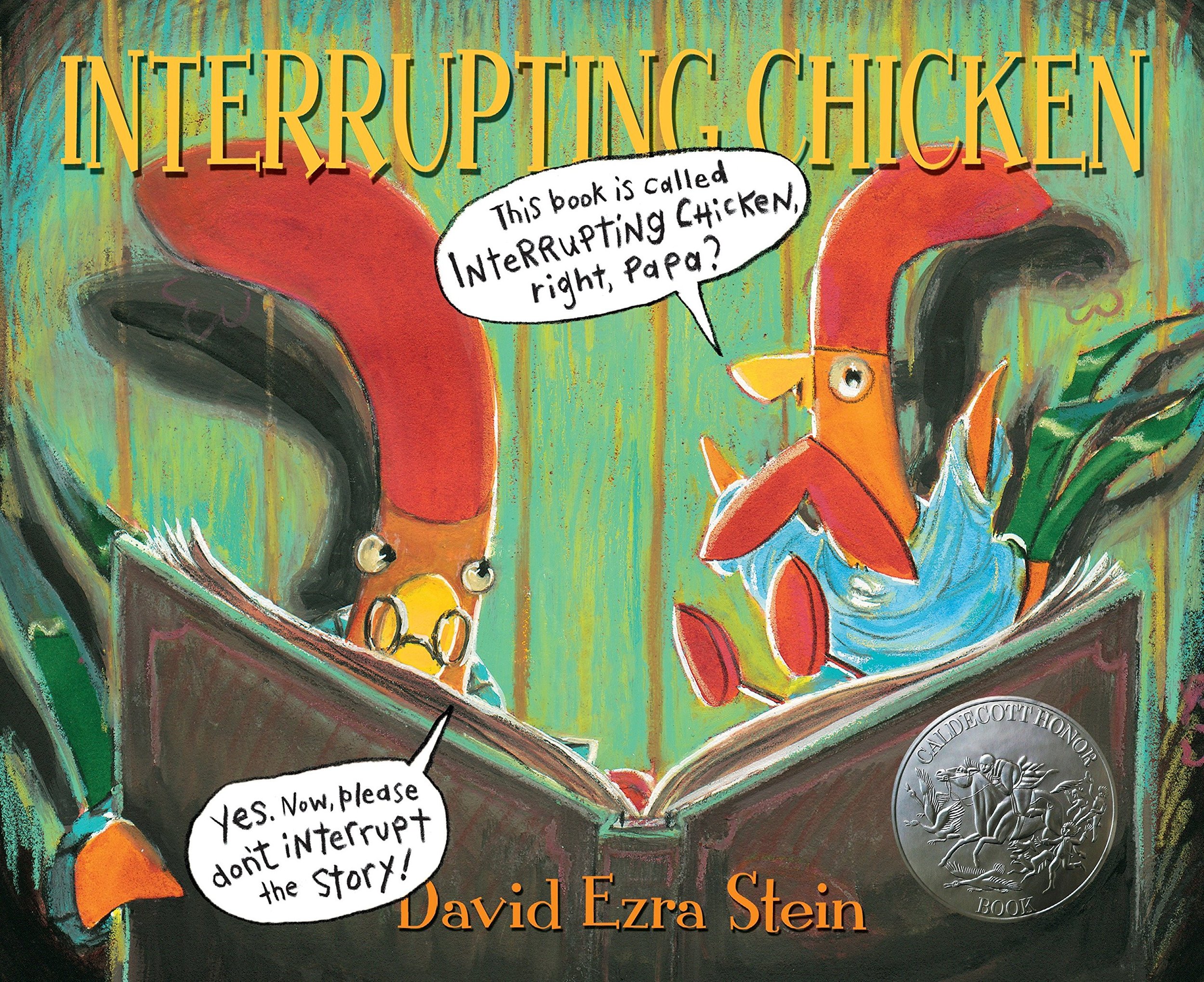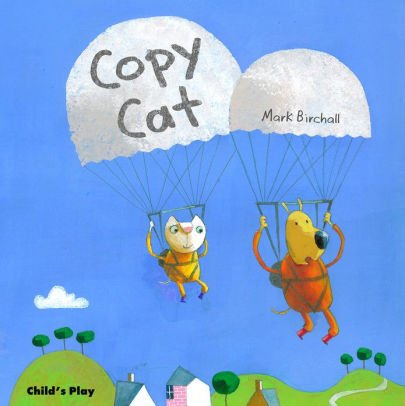Alligators can be girls, too
This blog was reposted during my website move. It was originally posted on Mar. 8, 2021.
In honour of International Women’s Day, a post about something that annoys me all the time as a reader, librarian, and parent.
Note: The gender binary sucks, period. In this post I am specifically talking about the usage of the pronoun ‘she’ and I am making the assumption that ‘she’ refers to women and girls. It should go without saying but a) ‘she’ is trans-inclusive and trans girls are girls, and b) everything I mention here goes one thousand times more for non-binary, gender fluid, two-spirit, and other ‘they’-identifying folks. I am still learning about the best words to use when talking about gender, so please correct me if anything stands out to you!
If you know me, you likely will have often heard me casually reference The Friggin Patriarchy. I blame a lot of things on The Patriarchy, sometimes as a joke, but mostly in dead serious. When I say The Patriarchy (evil doom voice) is all around, I like to point at one example that sometimes people don’t think about.
Take a look at these books, some of the most enduring bestselling titles for kids’ picture books. The (so-called) Classics. They are all stories about animals or other non-human characters, and what do they have in common? Not a ‘she’ to be found among them.
In children’s literature, there is a pervasive trend of defaulting to ‘he’. Characters that are not human - and there are a lot of these in children’s books - are almost always referred to as ‘he’ for absolutely no reason. Very few are ‘it’ and almost none are ‘she’ unless there is a ‘reason’ for this - more on this later.
It is a very subtle and effective erasure and damning evidence of who gets centered, who is the default, and whose stories get told.
And if you’re wondering if I’m being a bit of a drama queen and overstating things, think about the last time you saw a dog out and about. Did you say something like, ‘Look at him!” Did you call it a ‘good boy’? We all do this! It’s hard not to, because most of us have been raised in The Friggin Patriarchy, and we’ve all internalized the idea that unless it’s specifically a girl, the default is a boy. That’s the ‘norm’.
These books are a perfect example of why this happens to us.
Like, for crying out loud, this book has only ALPHABET LETTERS and the only gender that is present is a ‘he’.
Classic board book has eight animals and not a single one is a ‘she’. YES, OKAY lions with manes are male but DON'T TELL ME YOU KNOW HOW TO SEX A CARTOON SNAKE.
I'm not actually mad about this one. Gimme more male protagonists who put fashion and glitter before friends.
The flip side of this is the absense of ‘she’. It says a lot when story upon story features amazing characters and all of them are boys. So where are all the girls, you ask?
First of all, ‘she’ can be a mother. Like in all these books with boy protagonists and their mamas.
Or, you know, the little girl using the pink crayon to colour a PRETTY PRINCESS (all the gendered crayons are he btw).
Or better yet, she can be the tragic sacrificing tree in the most problematic book about destroying oneself to make someone else (a boy) happy.
YIKES.
Other than that, the most often times you see girl characters are in stories about girls with other girls, i.e. stories that statistically parents do not read to their little boys because, again, boy stories are for everyone because they are just stories, but girl stories are for girls only because they are girl stories.
When I started reading books out loud as a librarian, and even more so now with my own kids, I decided to start replacing ‘he’ with ‘she’ whenever gender was irrelevant to the story, which was about 100% of the time. It has taught me so much about how easy it is to reframe how kids think about whether boys are the protagonists at the centre of the world. Sometimes kids react and ask questions like, “Wait, that tiger is a girl?” and we have great conversations about how you can’t actually tell unless you’re a serious tiger connoisseur so why would you be surprised it’s a ‘she’? And sometimes kids can read and they call me out on it and we have even better chats about The Friggin Patriarchy.
So truly, I encourage you all to editorialize your read-alouds. Any time and all the time, but ESPECIALLY when you can mess with gender norms!! Make all your construction vehicles ‘she’s & all your unicorns ‘he’s.
And to help you build out your own collections, here are a few favourites of mine where the gender of the animal is irrelevant but authors have made the point of making them ‘she’s.
P.S. Bonus points for any books (including all the ones I mention below) where animals get to be girls WITHOUT HAVING EYELASHES and bows and dresses. When did we as a society decide boys have no eyelashes?!
Interrupting Chicken
One of my all-time favourite read-aloud stories, excellent for voices and surprise interruptions and many belly laughs. I love this chicken.
Maisy
There are no bad Maisy books!! In this house we stan Maisy. Every single book does an excellent job distilling ideas and experiences into fun little nuggets of joy for tiny kids.
Nanette’s Baguette
I love Mo Willems so much and this one is hilarious and the rhymes are so good. Plus, special mention to Piggie who is a she and also best friends with a boy elephant.
Doodle Bites
There's a GIRL ALLIGATOR. I repeat, GIRL ALLIGATOR. Alligators are never allowed to be shes, so this one is just A+ great.
Copy Cat
Second to alligators, dogs are the next least common girl animals (according to the Science of Su) and this book has both a GIRL DOG and a BOY CAT yessss.
My Twitter thread on this here.
